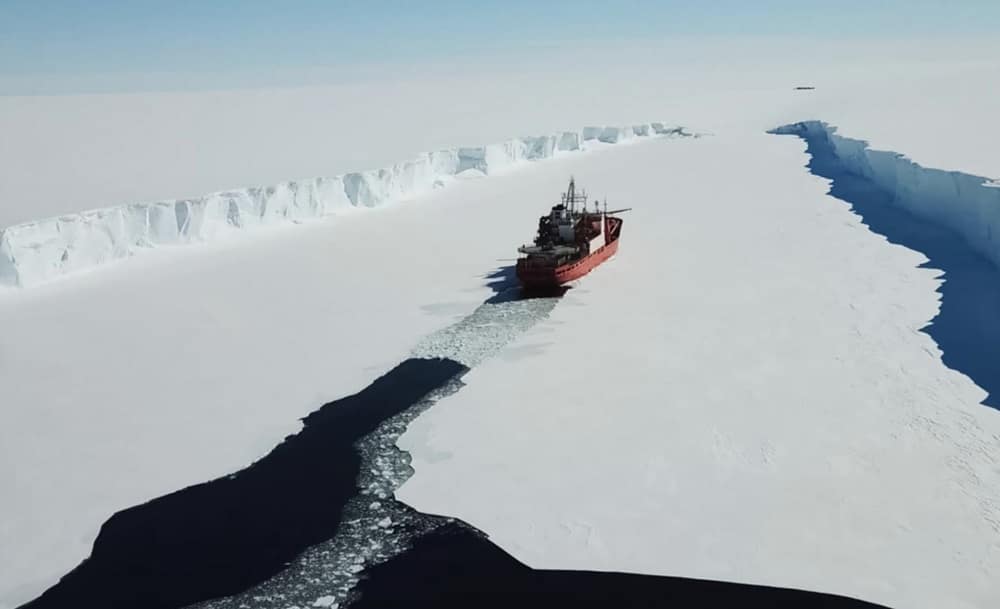North Star Support Group (NSSG) has released a new analysis on the ICE Pact between Finland, Canada, and the United States. It marks a significant milestone in the Arctic cooperation. NSSG’s report delves into the implications and potential impacts. See below for a taster of the report.
Unveiled at the NATO summit in Washington DC on July 11, 2024, this trilateral agreement aims to enhance the regional capabilities and coordination of these NATO allies. The pact arrives at a time when the Arctic is increasingly viewed as a critical frontier, both strategically and economically.
The Arctic region has long been a focal point of geopolitical interest due to its abundant natural resources and strategic maritime routes. In recent years, the melting ice has opened new sea lanes, heightening the urgency for effective governance and safe passage in these waters. The ICE Pact, short for International Cooperation for Enhanced Arctic Capabilities, is a direct response to these evolving challenges. It seeks to pool resources and expertise among the three nations to build and deploy icebreakers more efficiently.
This pact is significant on multiple fronts, encompassing technical, commercial, and political dimensions. Technically, developing and building icebreakers is a technologically complex and expensive endeavor. Through collaboration, Finland, Canada, and the US can share the costs and knowledge required to advance this critical infrastructure. This strategic cooperation ensures that these nations can enhance their icebreaking capabilities without bearing the full financial burden individually. Moreover, shared technological advancements can lead to more innovative and effective icebreaker designs.
Commercially, increasing the number of icebreakers will facilitate safer and more frequent maritime traffic through the Arctic sea lanes. This enhanced capability will not only boost trade but also improve the ability to respond swiftly to emergency situations, thereby reducing insurance costs for shipping companies. By contributing to safer navigation and increased commercial activity, moreover, the ICE Pacts stands to benefit the globaI economy significantly.
Politically, finally, the ICE represents a strategic move to counterbalance Russia’s current dominance in Arctic maritime affairs. By revitalising the shipbuilding sector within NATO allies and activating western-dominated sea routes, such as those of Canada’s, the pact reduces reliance on Russia’s Northern Sea Route (NSR). This shift allows NATO members to not just better surveil the Arctic’s maritime domain but to also better negotiate and set international standards for safe passage in the Arctic, thus ensuring that the rules of navigation are aligned with their strategic interests.
For the full report, click here
For more recent news, click here





